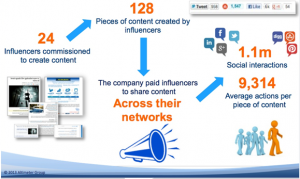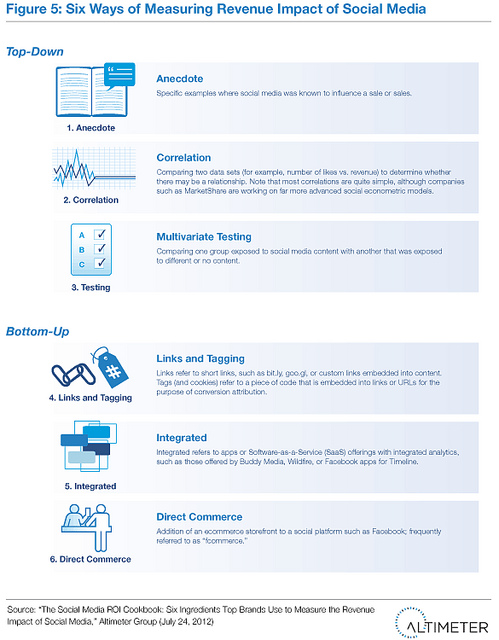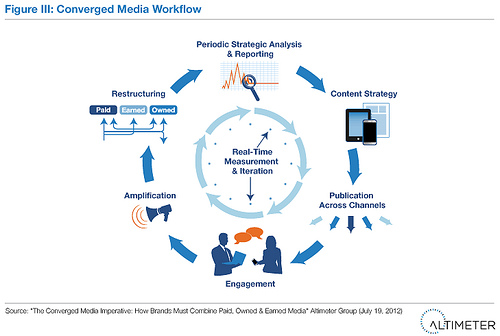Content Marketing Haters Gonna Hate (And Why They’re Wrong)
When something gets big enough to attract a great deal of media coverage and conversation, it’s inevitable that not all the attention will be positive. Take Justin Bieber. Or Miley Cyrus. Both have detractors as vocal and as passionate as their fans. Content marketing is certainly no teen idol, but as interest in the topic […]
Content Marketing Haters Gonna Hate (And Why They’re Wrong) Read More »






